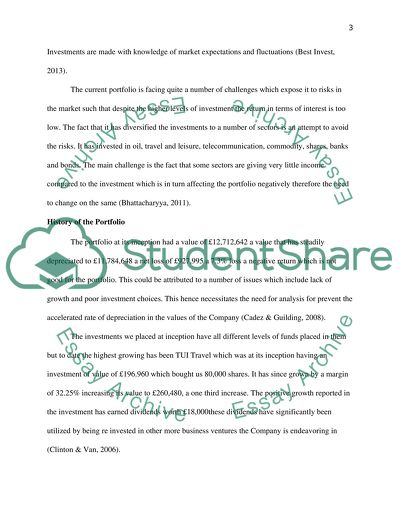Cite this document
(“Risk Management and Investment (Portfolio E) Essay”, n.d.)
Retrieved from https://studentshare.org/finance-accounting/1476362-risk-management-and-investment-portfolio-e
Retrieved from https://studentshare.org/finance-accounting/1476362-risk-management-and-investment-portfolio-e
(Risk Management and Investment (Portfolio E) Essay)
https://studentshare.org/finance-accounting/1476362-risk-management-and-investment-portfolio-e.
https://studentshare.org/finance-accounting/1476362-risk-management-and-investment-portfolio-e.
“Risk Management and Investment (Portfolio E) Essay”, n.d. https://studentshare.org/finance-accounting/1476362-risk-management-and-investment-portfolio-e.


